This native of the U.S. West has a strong presence in the landscape. Evergreen foliage cloaks a large, upright to loosely rounded form that’s perfect as a winter accent, screen or hedge in dry, cold climates. It’s a nice alternative — especially in smaller landscapes — to more common pines and spruce. Versatile and with little to no maintenance required, curl-leaf mountain mahogany is an unsung and underused plant that’s great for modern landscapes and gardens.
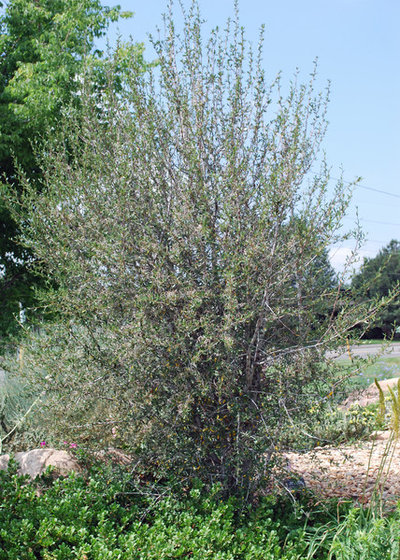
Jocelyn H. Chilvers
Botanical name: Cercocarpus ledifoliusCommon name: Curl-leaf mountain mahogany
Origin: Native to the western United States
Where it will grow: Hardy to -40 degrees (USDA zones 3 to 8; find your zone)
Elevation range: 3,000 to 9,000 feet
Water requirement: Low
Light requirement: Full sun
Mature size: 10 to 25 feet tall and 6 to 10 feet wide
Benefits and tolerances: Best features include dense, evergreen foliage and attractive, feather-like seeds; long lived, low maintenance and drought tolerant; tolerates poor soils and wind
When to plant: Spring
Seasonal interest: Very small, yellowish flowers in spring; seed plumes late summer through fall; evergreen foliage
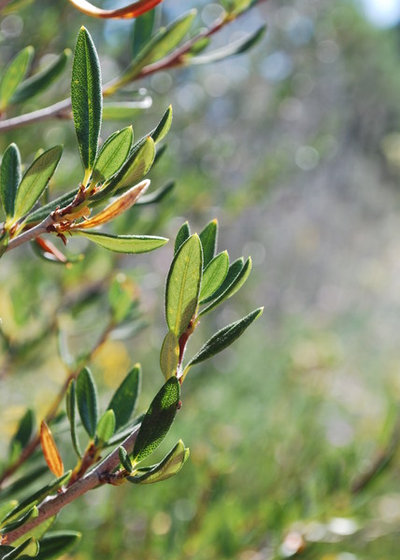
Jocelyn H. Chilvers
Distinguishing traits. Leathery, narrow leaves are
½ to 1 inch long with margins that curl under, especially during times of extreme drought. The foliage is evergreen — dark and lustrous above, white and fuzzy below — and contrasts nicely with the pale gray to white bark.
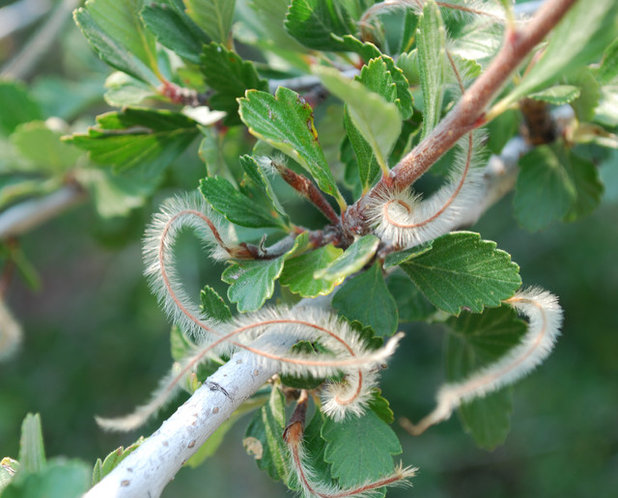
Jocelyn H. Chilvers
The curled, feathery seed plumes are characteristic of the genus; shown here is the closely related but deciduous — note the broader, serrated leaf —
common mountain mahogany (
Cercocarpus montanus, zones 3 to 8)
.
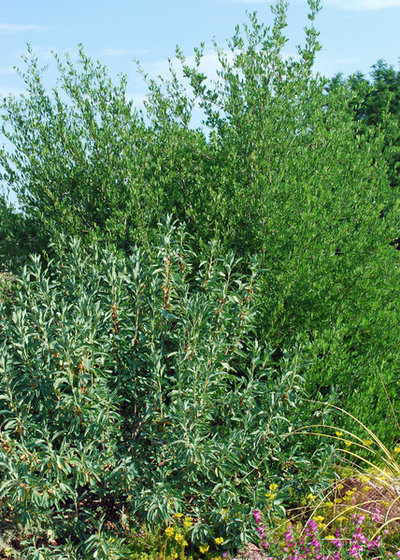
Jocelyn H. Chilvers
How to use it. Curl-leaf mountain mahogany is ideal as a single-specimen accent plant or massed as a screen. Add it to a shrub border with xeric companion plants like
Siberian spirea (
Sibiraea laevigata, zones 4 to 8, shown), fernbush (
Chamaebatiaria millefolium, zones 4 to 8), golden currant (
Ribes aureum, zones 2 to 7) and
dwarf fragrant sumac (
Rhus aromatica ‘Gro-Low’, zones 3 to 8).
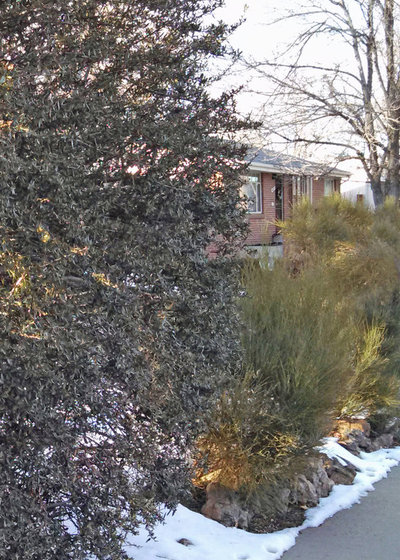
Jocelyn H. Chilvers
Dense branching occurs all the way to the ground, and it may be left natural, sheared as a hedge (as shown here) or pruned to create a small tree form, as in the photo below.
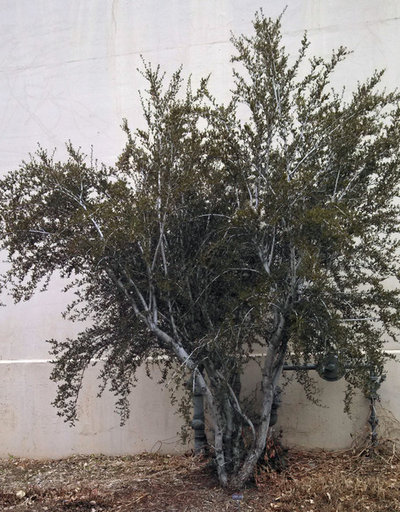
Jocelyn H. Chilvers
Planting notes. Curl-leaf mountain mahogany prefers full sun but will tolerate a half day of shade. Select a well-drained site with gravelly, rocky or sandy-clay soil that mimics its native habitat. Once established this shrub can go without supplemental water except in prolonged periods of hot and dry weather.
Note: Curl-leaf mountain mahogany is slow growing.





